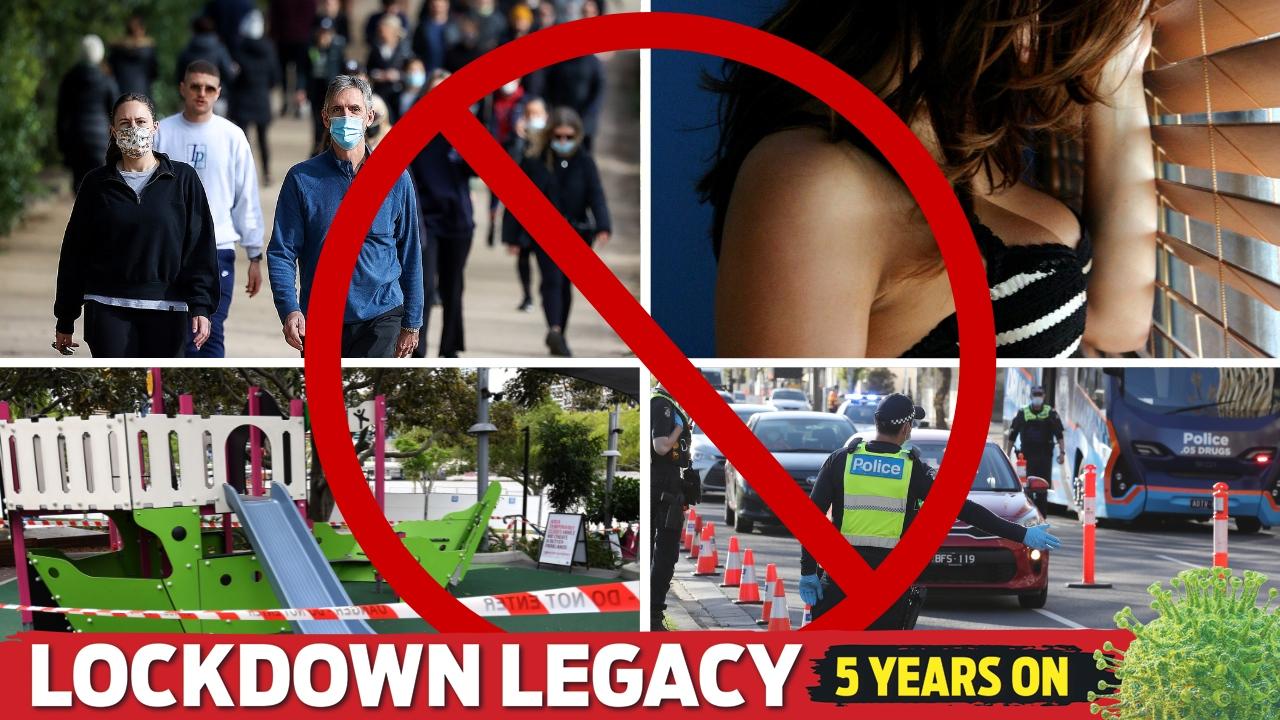Drop in Victoria’s Covid hospitalisation rate proves vaccines work
Despite Victoria’s high Covid cases, this telling sign reveals just how effective the vaccines are at preventing patients from hospital admission.
Coronavirus
Don't miss out on the headlines from Coronavirus. Followed categories will be added to My News.
Over 96 per cent of Victoria’s almost 22,000 active Covid cases do not currently need to be hospitalised.
Despite the state’s number of active cases having reached 21,647, the hospitalisation rate for those with the virus remains relatively low.
Victoria recorded another 1993 cases on Saturday, but just 3.6 per cent of all active infections have needed to be admitted for treatment, according to data that has tracked daily movements and case averages since the beginning of September.
On September 1, when only 120 daily cases were reported in Victoria, the hospitalisation rate of active cases was sitting at 6.4 per cent.
The state’s ICU rate, which was at 2.3 per cent at the beginning of September, has now fallen to 0.75 per cent.
There are currently 798 Victorians in hospital, including 163 in ICU and 106 on a ventilator.
Of those, 89.2 per cent are not fully vaccinated.

Covid commander Jeroen Weimar on Saturday said that number was an increase – of about 100 people – from the day earlier.
Mr Weimar said the rise was likely due to the recent spike in cases over the past week.
It comes after experts credited the power of vaccines as having kept death rates lower this year, despite Victoria having recorded almost double the number of Covid cases compared to 2020.
Seven more people died with the virus on Saturday, bringing the total number of deaths this year to 137.
Meanwhile, in New South Wales – which is currently experiencing plunging case numbers and recorded just 319 local infections on Saturday – there are 5334 active cases.
Of those, 652 are in hospital, while 138 have been admitted to ICU.
Data analyst Anthony Macali – who runs the Covid-19 live website and tracks daily cases – said vaccination rates played a key role in explaining the discrepancies between hospitalisation rates.

When Victoria reached 1000 daily cases on September 30, it had a first dose vaccination rate of 80.1 per cent.
But NSW, which hit the same daily caseload a month earlier on August 21, had just 62.8 per cent of its population had received their first dose.
“This is why our hospitalisation and case fatality rates are improved,” Mr Macali said.
Experts have credited vaccinations and the Delta variant predominantly infecting a younger cohort of people as saving Victoria from a repeat of the catastrophic second wave, which killed 820 people after the virus seeped into vulnerable aged care settings.
Former World Health Organisation epidemiologist Professor Adrian Esterman said it was not “rocket science” that less Victorians were dying when compared to last year.
“Even though we’ve got a more virulent strain, we’re seeing less deaths, and that’s purely because it’s younger people getting infected, and they predominantly don’t get as sick,” he said.


